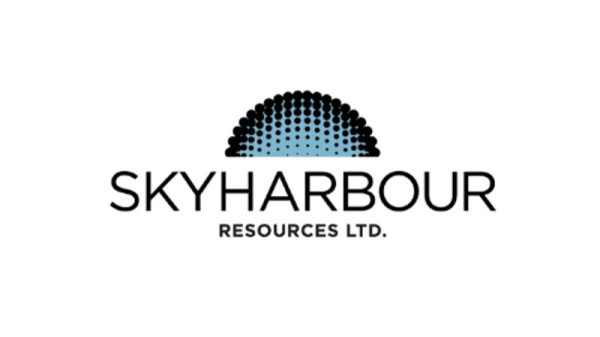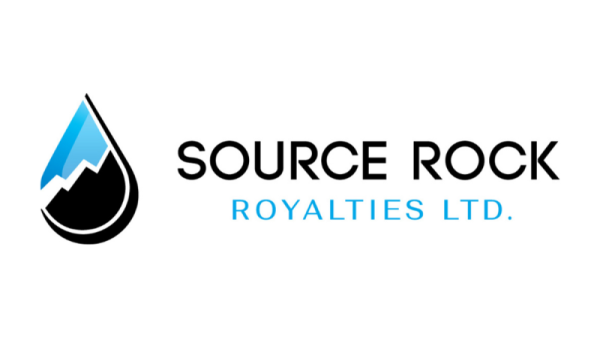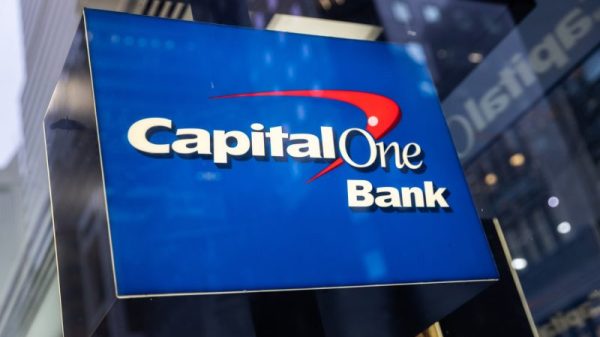NVIDIA (NASDAQ:NVDA) was the talk of the tech space this week as it shared its latest results.
Meanwhile, new evidence was brought to light in the case against an Australian man claiming to be Satoshi Nakamoto.
In the US, California state Senator Scott Wiener put forward legislation to regulate the development of artificial intelligence (AI), and an American spacecraft landed on the moon for the first time in over 50 years.
1. NVIDIA shares highly anticipated results
NVIDIA reported strong results for its fourth fiscal quarter of 2024 on Wednesday (February 21).
Quarterly revenue hit a record US$22.1 billion, 22 percent higher than Q3 and up 265 percent year-on-year. The company said gains were driven primarily by data center revenue, which came to US$18.4 billion, up 27 percent from Q3 and 409 percent versus last year. Non-GAAP earnings per diluted share were up 28 percent from Q3, coming in at US$5.16; that’s higher than analysts’ expectations of US$4.64 and represents 486 percent year-on-year growth.
Revenue for NVIDIA’s 2024 fiscal year was up 126 percent to US$60.9 billion.
The market responded positively — NVIDIA’s share price climbed 11.27 percent in after-hours trading, taking it from US$674.72 to US$750.75 by the time the exchange opened on Thursday (February 22). The increase held relatively steady for the rest of the week, with shares surpassing US$800 on Friday (February 23) morning before closing at US$788.17. The news also added US$272 billion to the company’s market cap on Thursday, the largest one day gain ever recorded.
The effects reverberated throughout the entire tech industry, with all the major players experiencing volatility at the start of the week and seeing market reactions in after-hours trading on Wednesday.
Here’s a snapshot of how key tech stocks performed this past week:
2. Google releases Gemma
Google unveiled a new family of state-of-the-art, open-source AI models called Gemma on Wednesday. They are built on the same research and tech used to create Gemini, the newest iteration of which was released on February 8.
“Gemma is built for the open community of developers and researchers powering AI innovation,” Google said.
Available in two sizes, Gemma 2B and Gemma 7B, these models offer developers and researchers new tools for building AI systems with a focus on safety and accessibility. The inclusion of a Responsible Generative AI Toolkit provides resources for ethical AI application development, like the Learning Interpretability Tool, which monitors Gemma’s behavior and addresses potential concerns. The models are optimized for various hardware platforms, including NVIDIA’s GPUs, and are integrated with popular existing AI tools such as Hugging Face and NVIDIA’s NeMo.
Google has announced that developers can begin using Gemma for free through the data science platform Kaggle. First-time users of Google Cloud will receive US$300 worth of Google Cloud credits. Additionally, researchers who are currently working on projects can apply for up to US$500,000 in Google Cloud credits.
3. California introduces AI regulation bill
As federal efforts to regulate AI remain stalled, states are taking the initiative to address the potential risks and challenges of AI development. In California, Democratic state Senator Scott Wiener has introduced a bill aimed at ensuring AI safety and regulating its development and implementation in a state that has become synonymous with AI.
There were approximately 400 AI-related bills across 44 states as of early February, and Wiener has argued that his proposal stands out as one of the most complete, building on previously taken measures such as Governor Gavin Newsom’s September 2023 executive order, which was signed to “prepare California for the progress of AI.”
“… We’ve seen the consequences of allowing the unchecked growth of new technology without evaluating, understanding, or mitigating the risks,” Wiener stated in an announcement on his website. “SB 1047 does just that, by developing responsible, appropriate guardrails around development of the biggest, most high-impact AI systems to ensure they are used to improve Californians’ lives, without compromising safety or security.”
SB-1047 would require large, powerful AI models to be fully tested before being released to the public. Testing protocols would need to be disclosed to the state and have effective guardrails in place to prevent “critical harm.”
The bill would also establish CalCompute, a public cloud computing cluster that would allow smaller groups like startups and community members to participate in AI development. “By providing a broad range of stakeholders with access to the AI development process, CalCompute will help align large-scale AI systems with the values and needs of California communities,” Wiener stated. SB-1047 has been referred to the Judiciary Committee and the Governmental Organization Committee, which will hold hearings for the bill on or after March 9.
4. New evidence emerges in Nakamoto case
New evidence has surfaced in the legal dispute between Australian computer scientist Craig Wright and the Crypto Open Patent Alliance (COPA). Wright is accused of falsely claiming to be Nakamoto, the mysterious entity behind Bitcoin, allegedly forging documents to support his claim and using scorched-earth litigation tactics against anyone who challenges him. The case was opened by COPA in April 2021 and commenced on February 5, 2024.
On Tuesday, Adam Back, CEO and founder of blockchain technology company Blockstream, was interviewed by the UK High Court of Justice and presented to the court a series of emails between himself and Nakamoto. The emails were subsequently shared on X, formerly known as Twitter, by Pete Rizzo, editor of Bitcoin Magazine, on Thursday.
According to the newly disclosed evidence, the correspondence between Nakamoto and Back began in August 2008, a few months before Bitcoin’s launch. Nakamoto reached out to Back to verify a citation in a Hashcash paper written by Back, which Nakamoto referenced in a draft of his Bitcoin whitepaper. Back responded with additional information on cryptocurrencies for Nakamoto to read, including Wei Dai’s B-money. Dai is a computer engineer who has been subject to speculation that he might be Nakamoto, although he has denied this claim.
Back has also been considered as a potential candidate for Nakamoto’s identity, but the emails he shared seemingly refute that possibility. In the final email, dated January 2009, Nakamoto thanks Back for suggesting the other papers and shares that he has launched his open-source Bitcoin software.
On Friday, Wright took the stand to be interviewed by COPA’s lawyer, Alexander Gunning. Gunning pointed out that edits had been made to the Bitcoin whitepaper that Wright’s team submitted into evidence. Wright acknowledged the changes, but said that he made them as part of a demonstration for his lawyers at Shoosmiths. Gunning argued the edits were made for Wright’s benefit so that his whitepaper would more closely match the layout of the original.
The trial is set to continue next week.
5. Unmanned spacecraft makes the first lunar landing in 50 years
On Thursday, Intuitive Machines (NASDAQ:LUNR), a space exploration company based in Houston, made history by landing the first commercial spacecraft on the surface of the moon.
This event also marked the first lunar landing by the US in 50 years.
The spacecraft, an unmanned vehicle called Odysseus, launched on Monday (February 19), and coverage of the event was live-streamed on the company’s website. After a 10 minute period of silence, officials confirmed that Odysseus had touched down on the moon at 6:23 p.m. EST on Thursday.
“I know this was a nail-biter, but we are on the surface, and we are transmitting,” Steve Altemus, CEO of Intuitive Machines, said after the landing was confirmed. “Welcome to the moon.”
The expedition is part of NASA’s bid to collaborate on space exploration programs with companies through its Commercial Lunar Payload Services initiative. It is part of NASA’s larger Artemis program, which aims to send humans back to the moon in late 2026. The program has the long-term goal of establishing lunar bases in orbit and on the surface.
Securities Disclosure: I, Meagen Seatter, hold no direct investment interest in any company mentioned in this article.







































